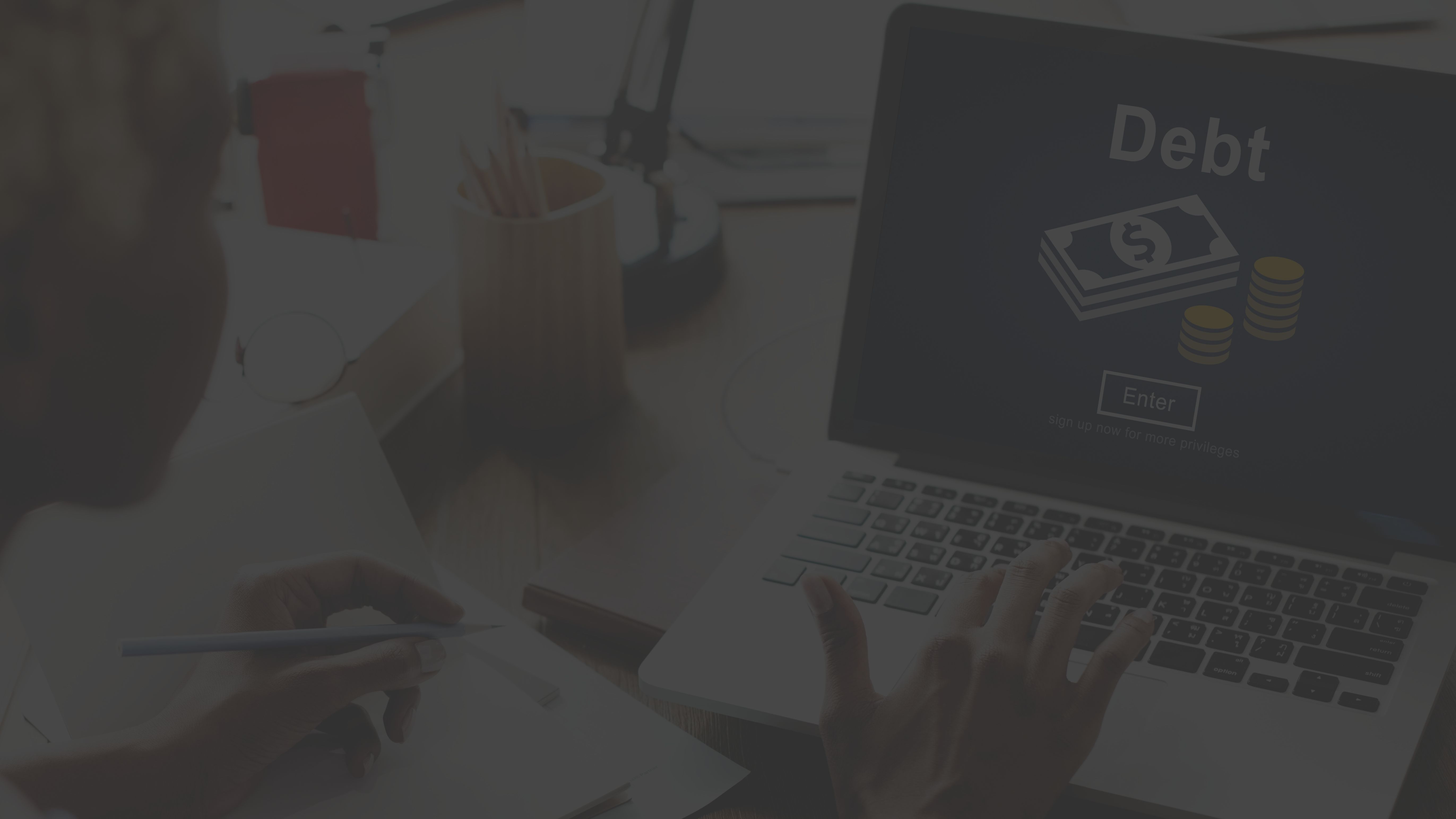Why do you have so much debt, anyway?
Find out why you’re overspending—and learn three ways to break the debt cycle.

You can come up with the best plan to pulverize your debt, but what good is it if you don’t break the cycle?
This brings us to another serious question: Are you a debt addict? Or a debtaholic? (This is a serious thing, by the way.) If you’re having a hard time sticking to your spending plan and continually revert to bad habits, the answer may be yes. Beyond not being able to live without plastic, here are some of the telltale signs:

You spend money when you’re emotional
This doesn’t just mean when you’re upset or angry (although who hasn’t engaged in a little retail therapy?), but also when you’re happy. No matter your mood, buying new things makes you feel better, just like emotional eating is a nasty cycle. Much like people who eat to suppress or celebrate their feelings, those who spend when they’re emotional are at risk for larger issues. Small indulgences like your morning latte are one thing; stick to those harmless pick-me-ups so you don’t blow your money on something more expensive in the heat of the moment. Those same feelings that you might be trying to suppress by spending often lead to additional feelings of stress and anxiety. Chances are that when you go on a spending binge, the results are more costly than you expected—which will only lead to more of an emotional roller coaster ride.

You don’t know when to stop
There’s a big difference between going to the store and buying one video game and going to the store and buying ten. If you’re the kind of person who can’t walk down a five-for-one aisle without stocking up, this one’s for you. Compulsive spenders do not know how to set limits or differentiate between necessity and desire. These kinds of spenders buy on impulse instead of reason. Remember: if something is offered at a discount for buying in bulk, the price per item is usually the same, and just because it’s on sale doesn’t mean it’s cheap. At the end of the shopping trip, you’re not actually getting more of a deal by purchasing five jars of jam when you need only one. Ask yourself if you really need that item, or if it’s just a want. Better yet, try walking away without buying it, and if in a week you still want it, then go back. I can guarantee that most of those impulse items will be forgotten soon after you leave the store.

You are a subscription junkie
Come clean: how many monthly memberships do you have? A gym membership? Tea of the Month Club? Really? The New York Times subscription? A tanning membership? Netflix? BarkBox? Birchbox? Think hard. If you’re using and loving it, fine. But if not, get rid of it.
Monthly sign-ups are the biggest culprit of budget shortfalls. “Oh, yeah,” people say, “I totally forgot that Fast Pass or the Harry & David thing I signed my grandma up for.” Duh, that’s why your balance sheet doesn’t add up. Think long and hard before you take on a recurring financial responsibility, even if it’s a small amount per month. Chances are, you’ll forget that you even have the subscription. It is indeed easy to forget about these $10/$20/$30 monthly obligations, especially if they are random and you’re not actively using them. Or, if you’re like me, you’ll get lazy and annoyed by the process of canceling them later on. Companies make it difficult to opt out for a reason.

Examine your spending habits
How you spend depends in large part on the way you were raised and the mores you grew accustomed to along the way. And as with many personal habits, you often don’t think about what you’re doing—it’s just what you do. Well, it’s time to take a hard look at why you spend, when you spend—and take steps to break the cycle if impulse purchases and “bargain” spending are adding to your debt.
Excerpted from: RICH BITCH, by Nicole Lapin. Copyright © 2015 Nicole Lapin. Rich Bitch is a trademark used under license from Nothing but Gold Productions. Inc. Published by Harlequin. Reprinted with permission.
More On


video

article

slideshow


video


video
